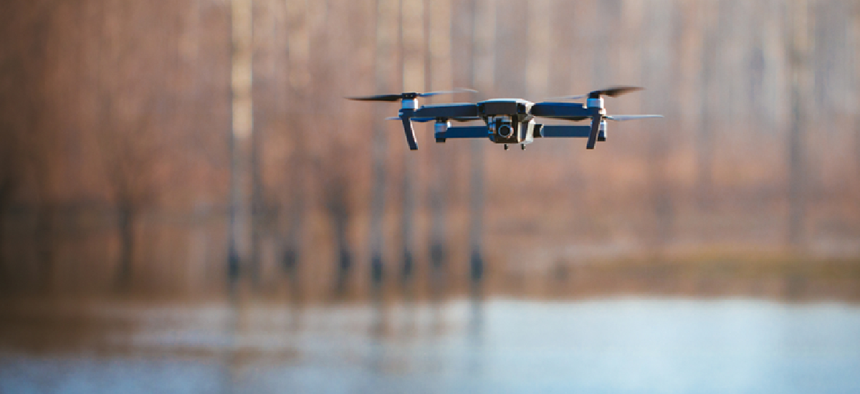Mosquito-hunting drones

As one of the winners of the Federal Aviation Administration's Drone Integration Pilot Program, a Florida county plans to expand its use of drones to control mosquitos.
Hunting mosquitos is a full-time job in Florida. The Lee County Mosquito Control District has been doing it since 1958, using helicopters and fixed-wing aircraft to track and kill the disease-spreading pests.
The county began using two drones about a year ago for surveillance, said Eric Jackson, public information officer for the Mosquito Control District, but it is looking to expand its use of the unmanned aerial systems.
Earlier this month, the district was named as one of the winners of the Federal Aviation Administration's Drone Integration Pilot Program. It will soon start testing drone applications that currently require waivers, like flying beyond the line of sight or over people.
Surveillance requires regular monitoring of waterways for aquatic weeds where mosquito larvae are protected from predators. The district works to keep these weeds at bay, and a drone outfitted with a camera allows officials to keep track of how well weed-killing solutions are working, Jackson said.
The district currently uses its helicopters and fixed-wing planes to spray mosquito larvicide and insecticide around the county. In its application for the Drone Integration Pilot Program, the district also sketched out a plan that involved using a 1,500-pound drone to help with spraying.
The drones would only carry around 40 to 50 gallons of larvicide -- much less than helicopters and planes that can deliver between 150 to 200 gallons -- which means they won't replace traditional aircraft any time soon. But the drones could be useful for spraying the edges of controlled areas, Jackson said.
Many details have yet to be worked out, and any changes in technology or new uses of drones will have to go before the district’s commissioners at their monthly meeting.
“It is very, very early,” Jackson said.
Aside from potentially expanding drone operations, the district is glad to be able to play a role in developing UAS regulations at the federal level because they will affect local operations, even for the traditional aircraft.
“The real benefit is it gives us a seat at the table … in terms of creating new regulations or removing regulations as it pertains to integrating drones into the air space,” Jackson said.





